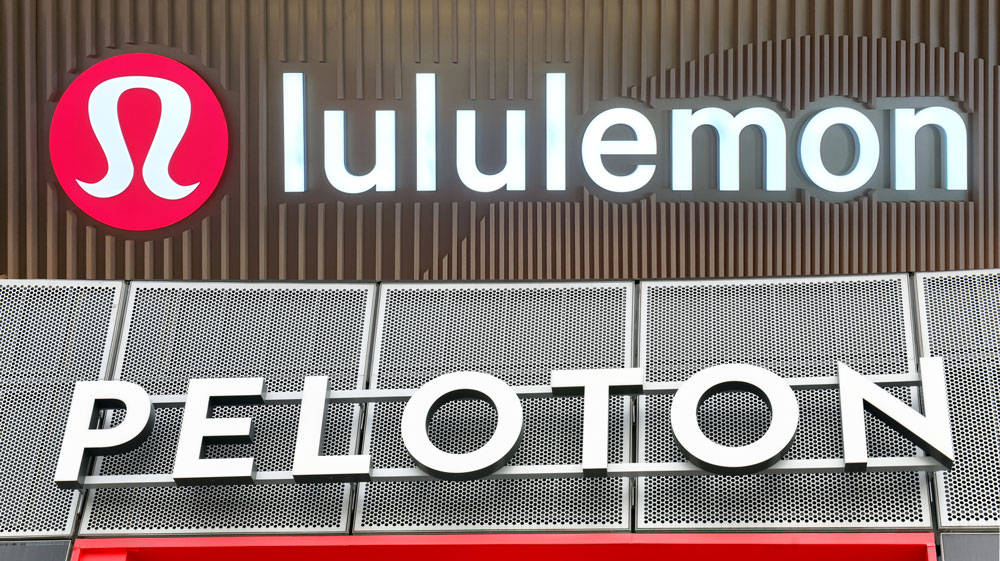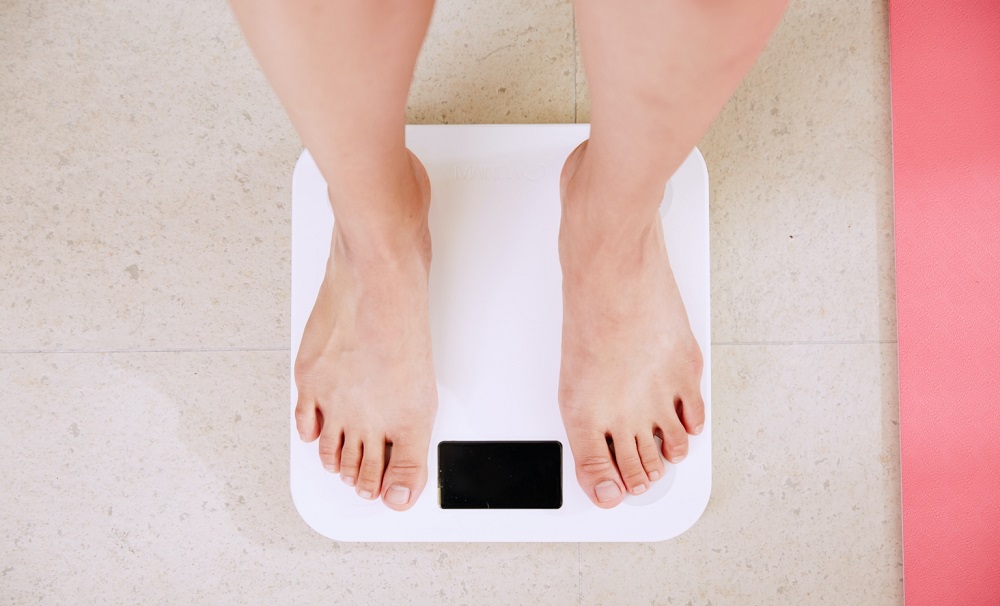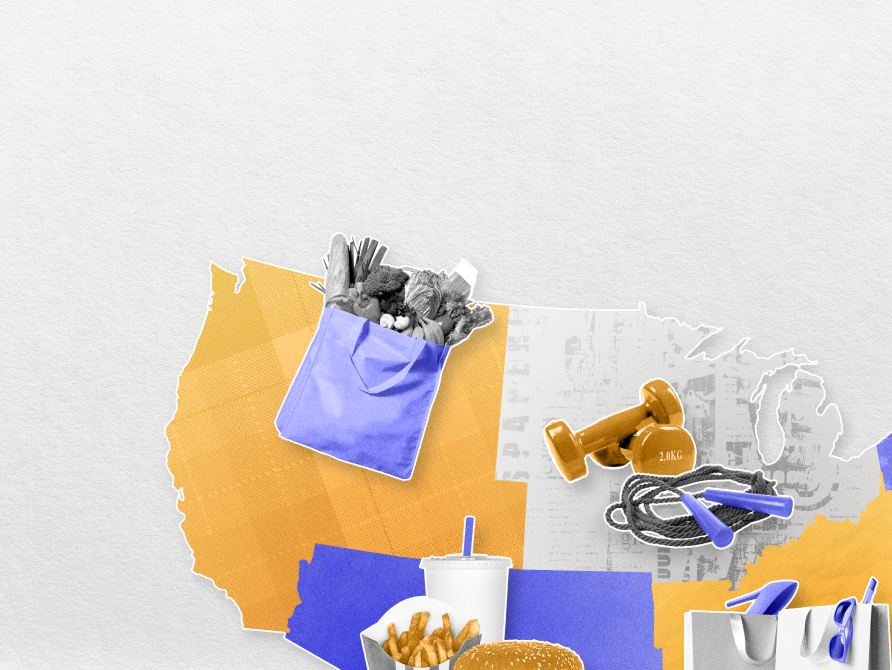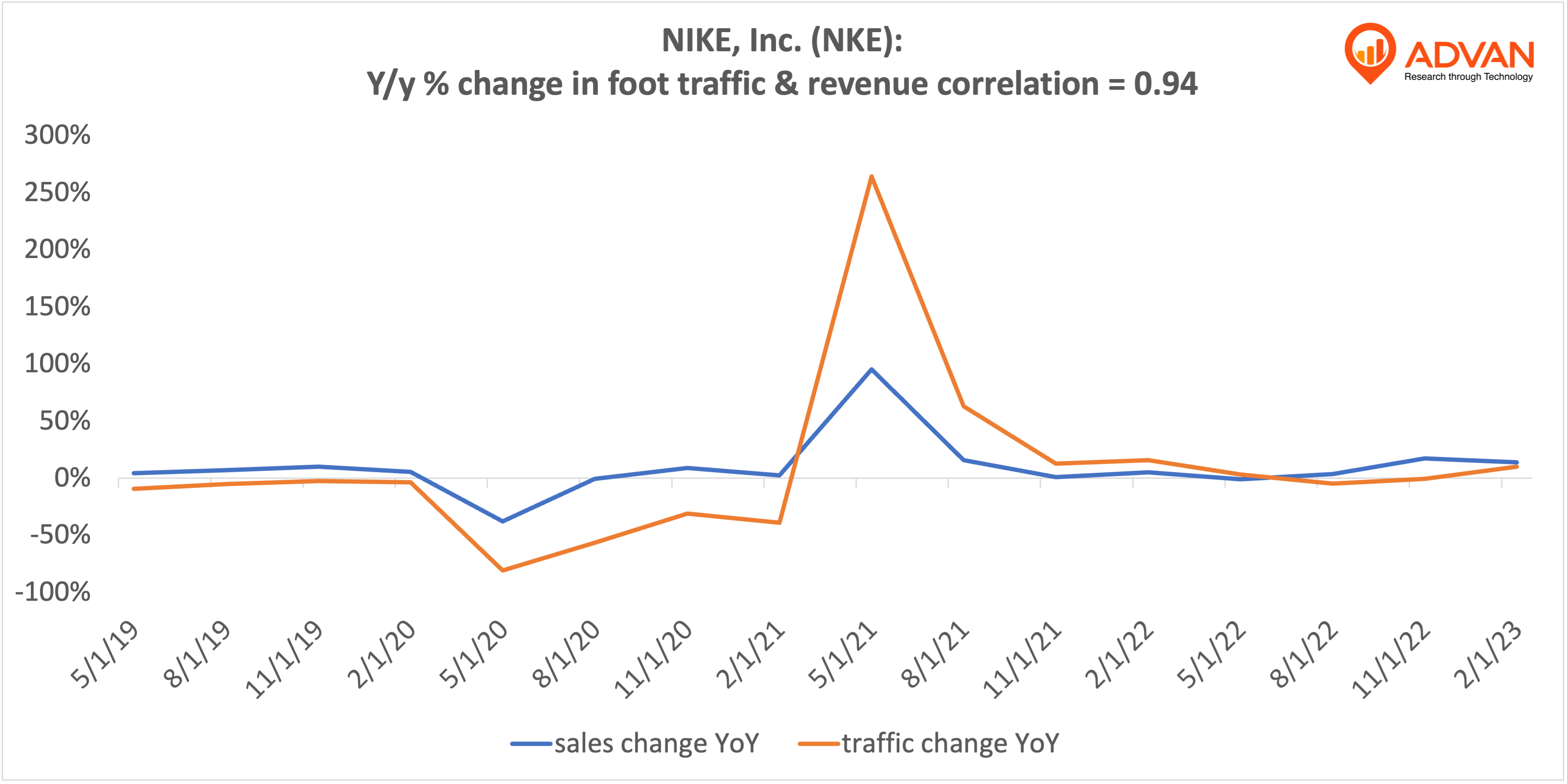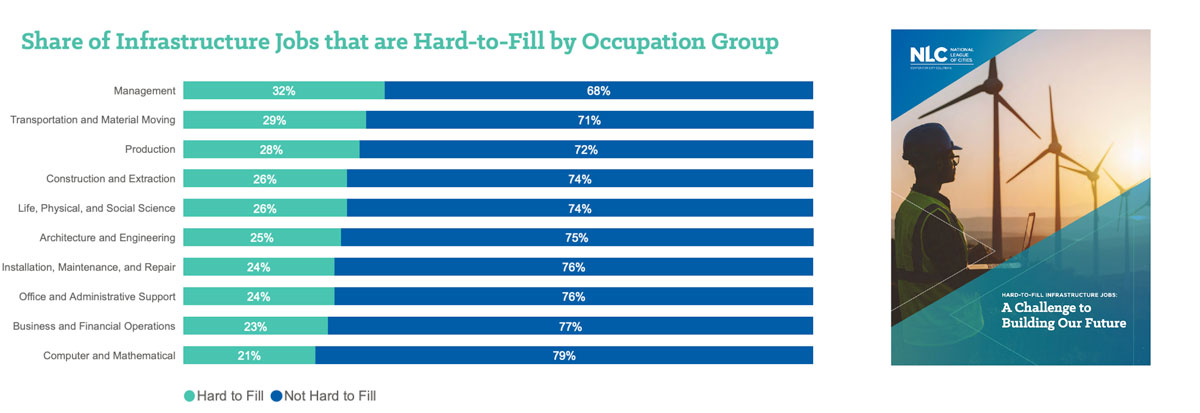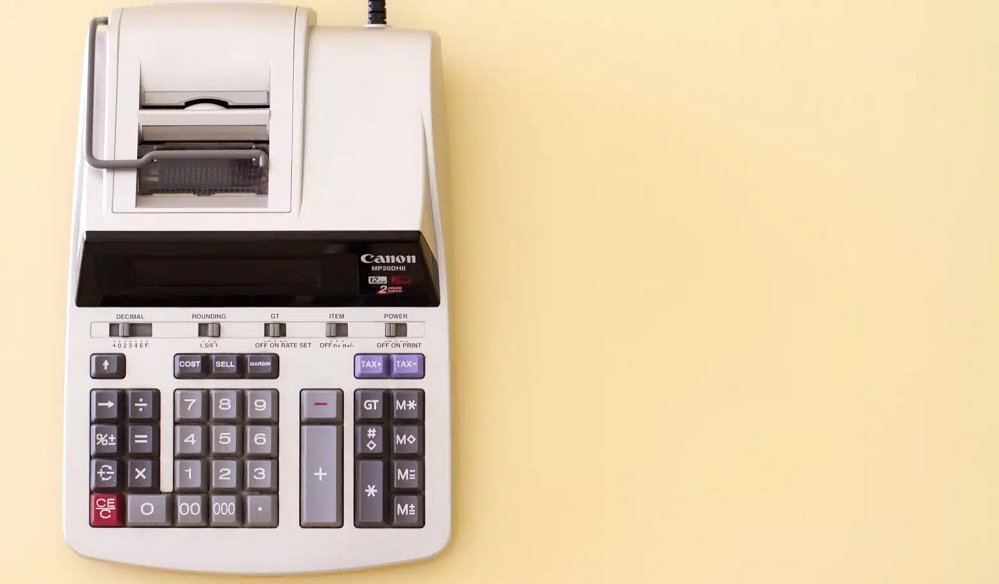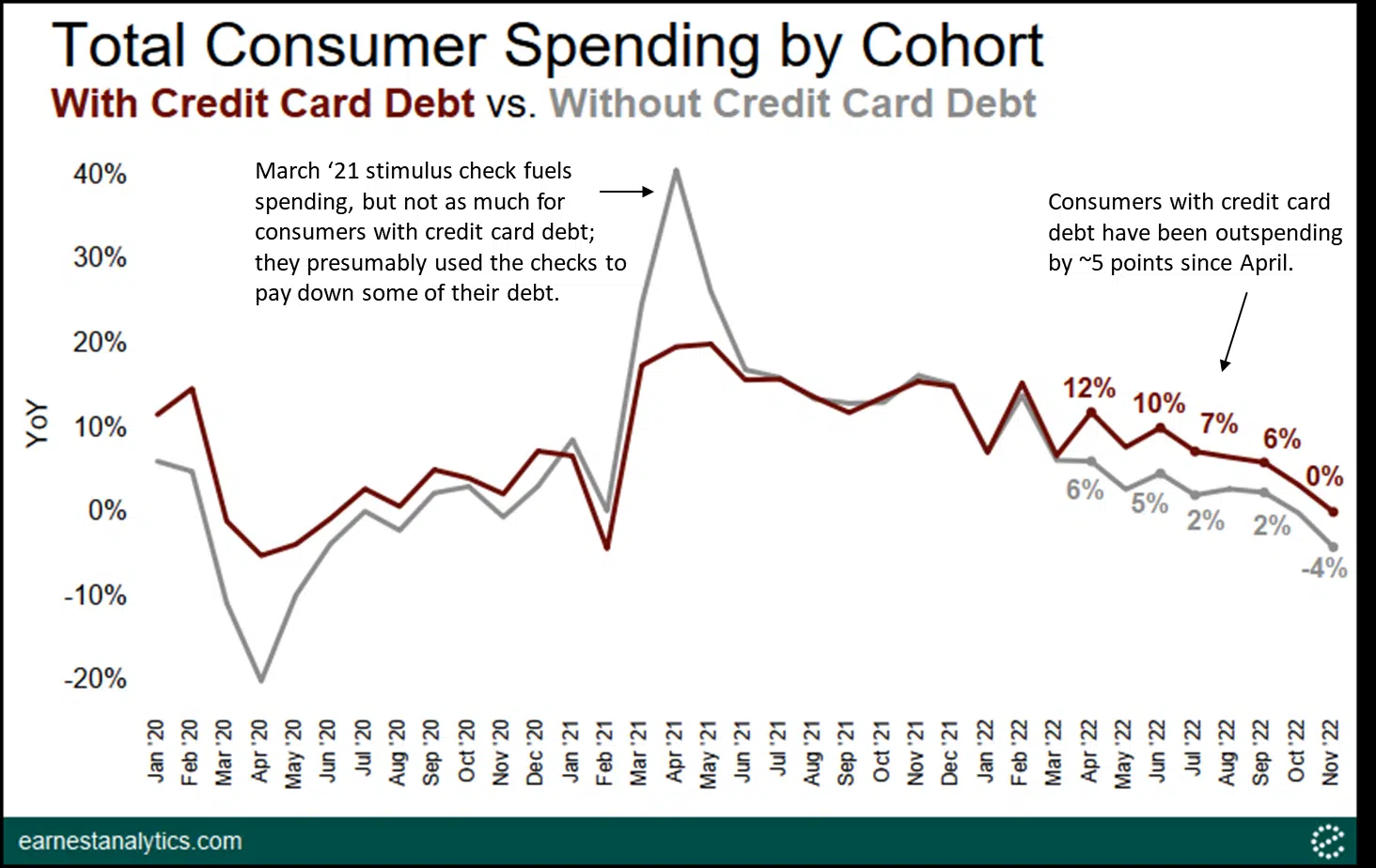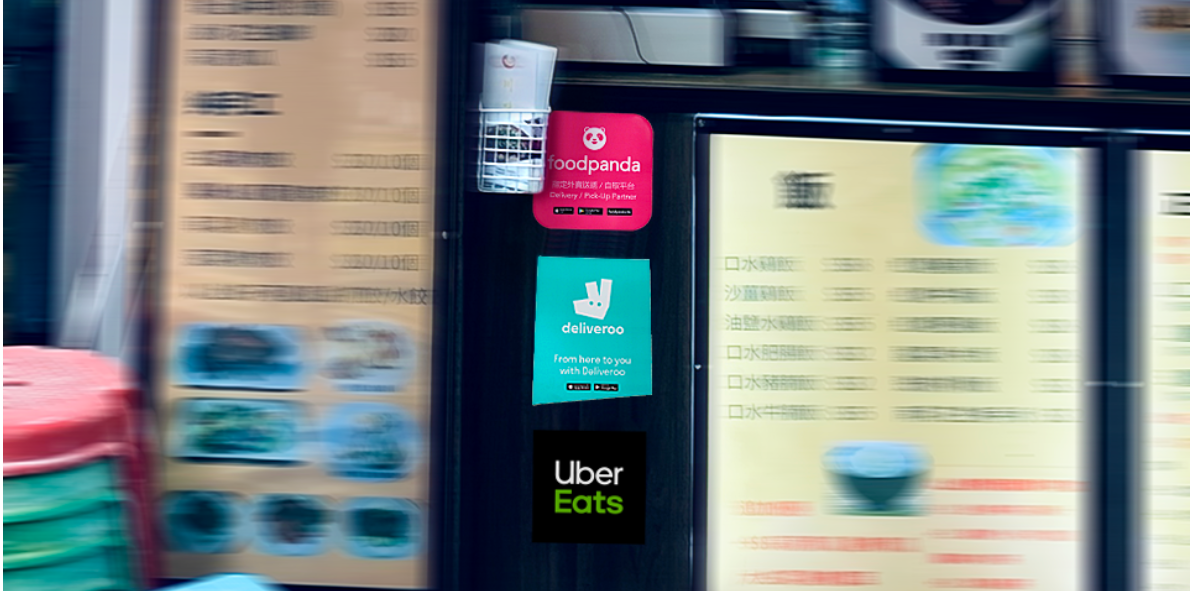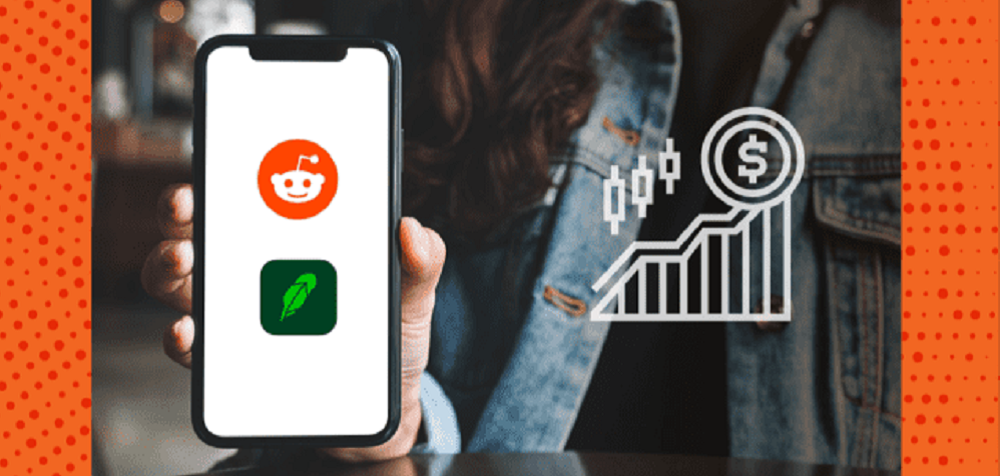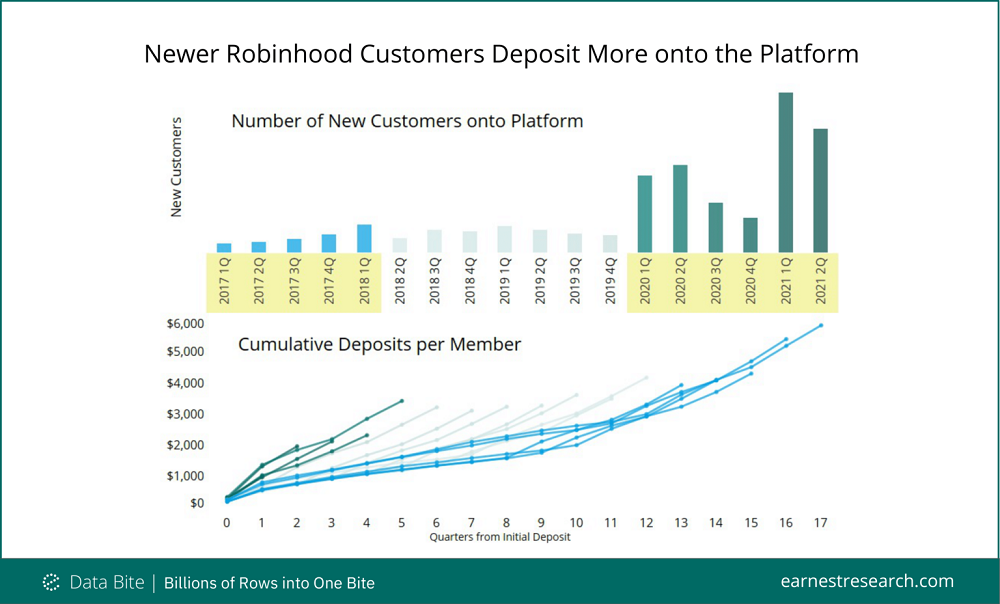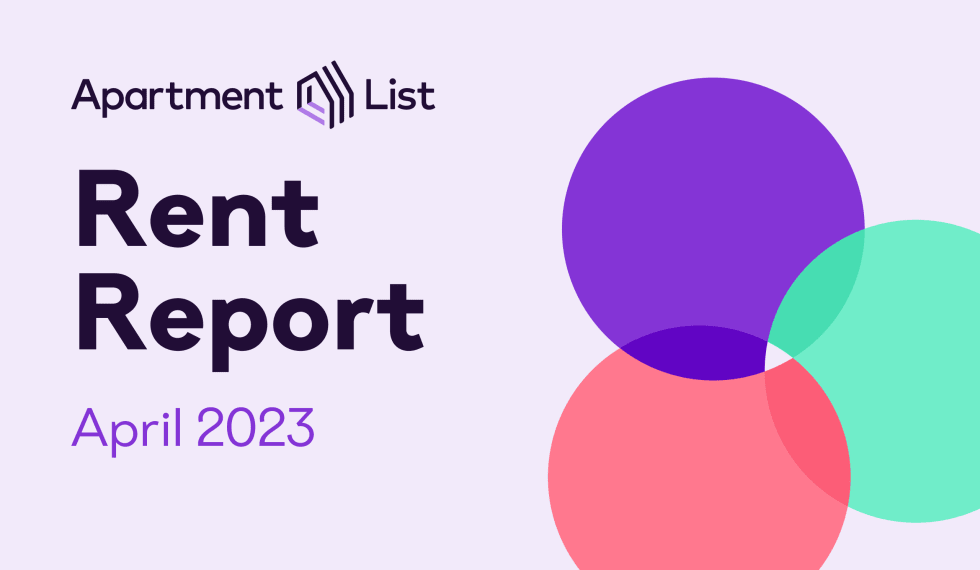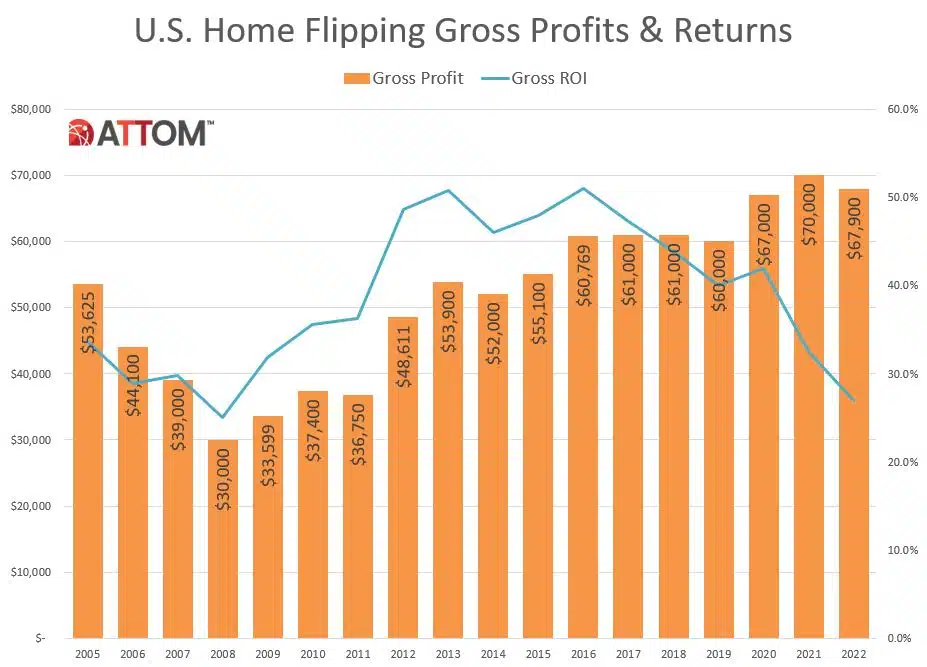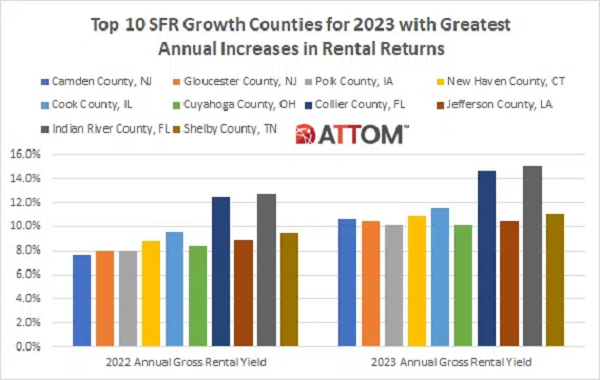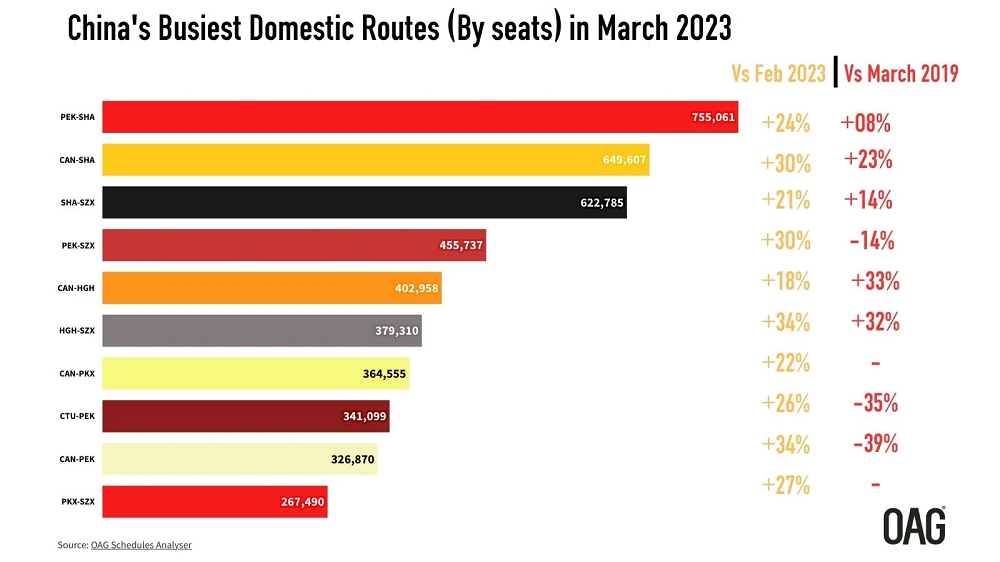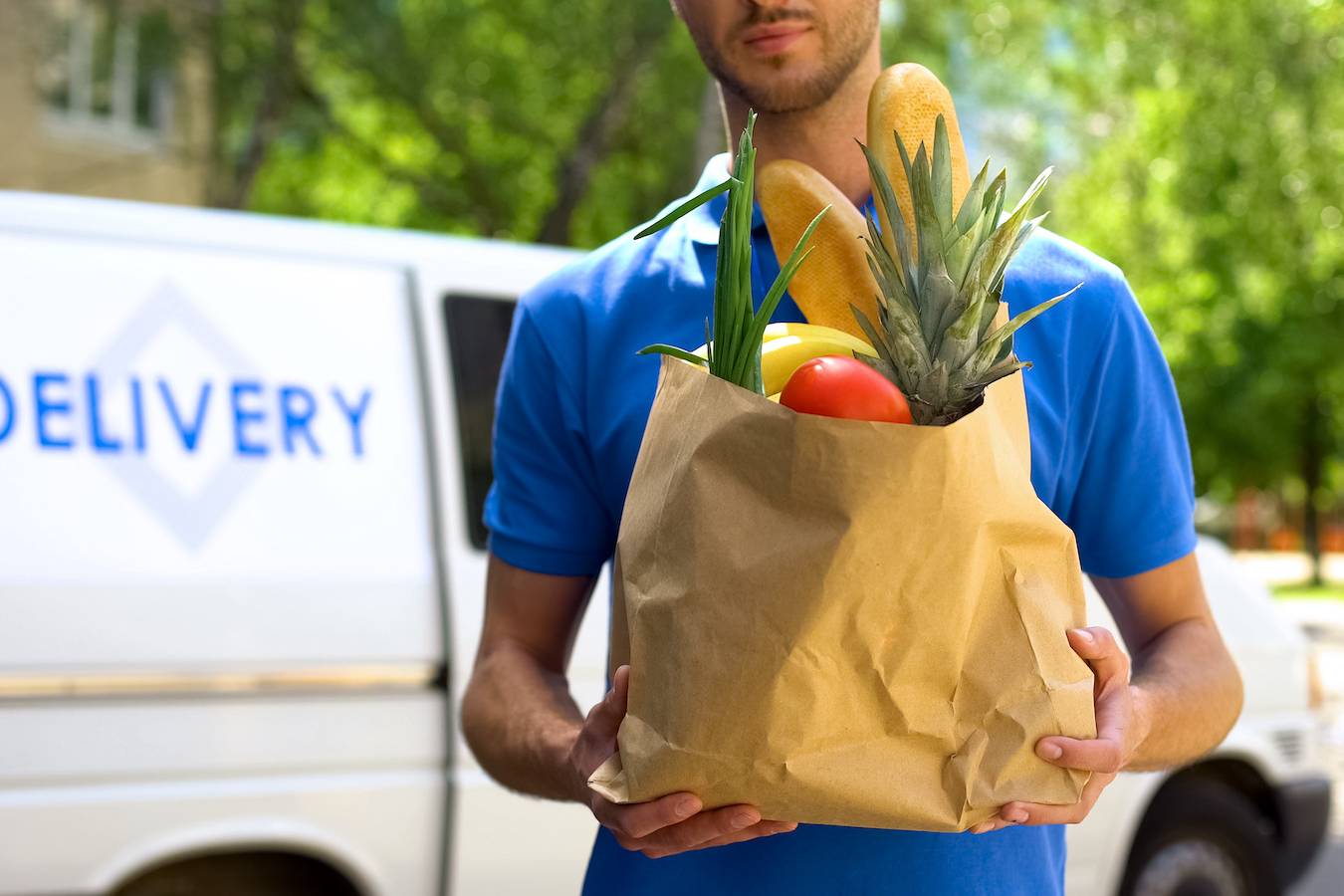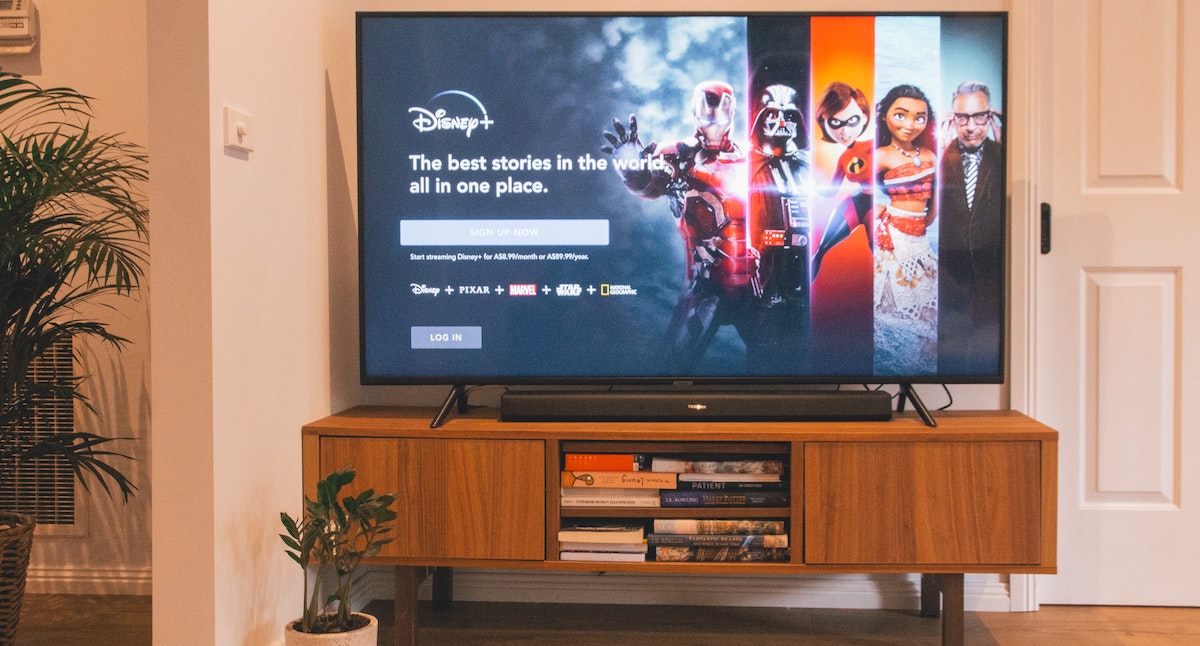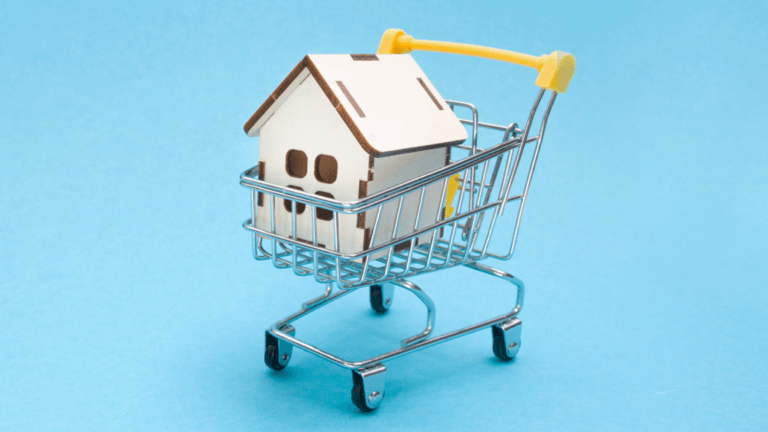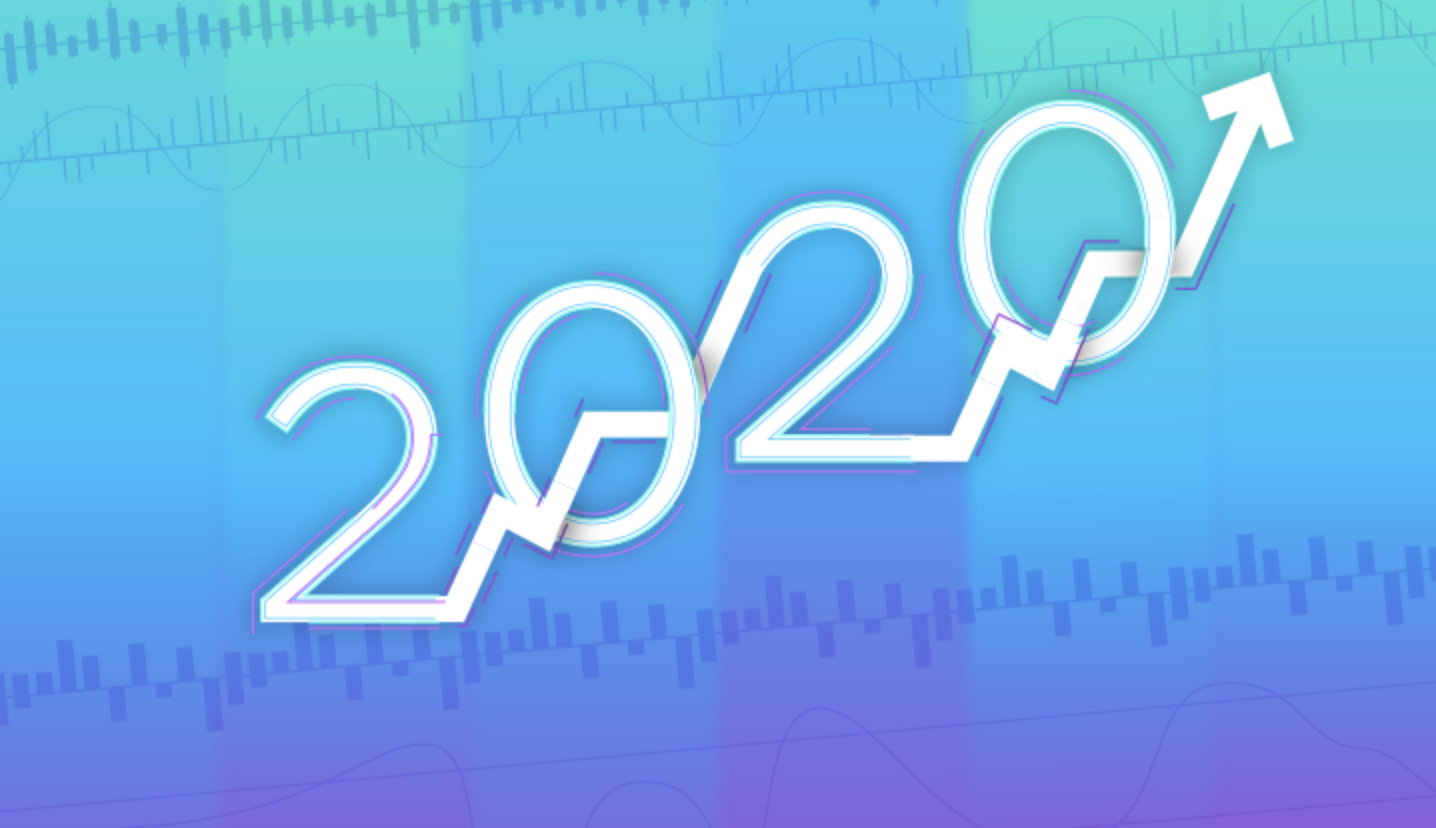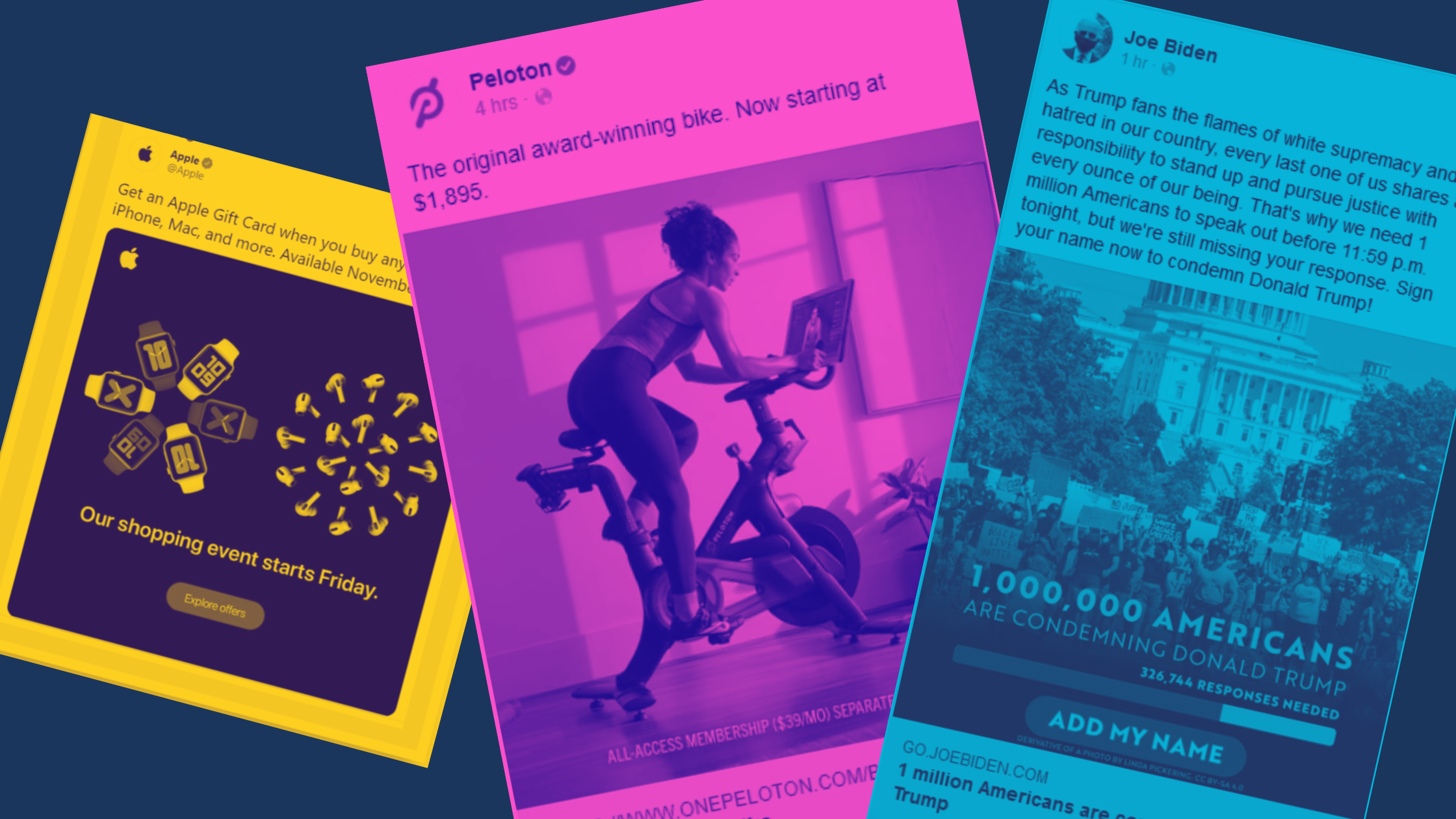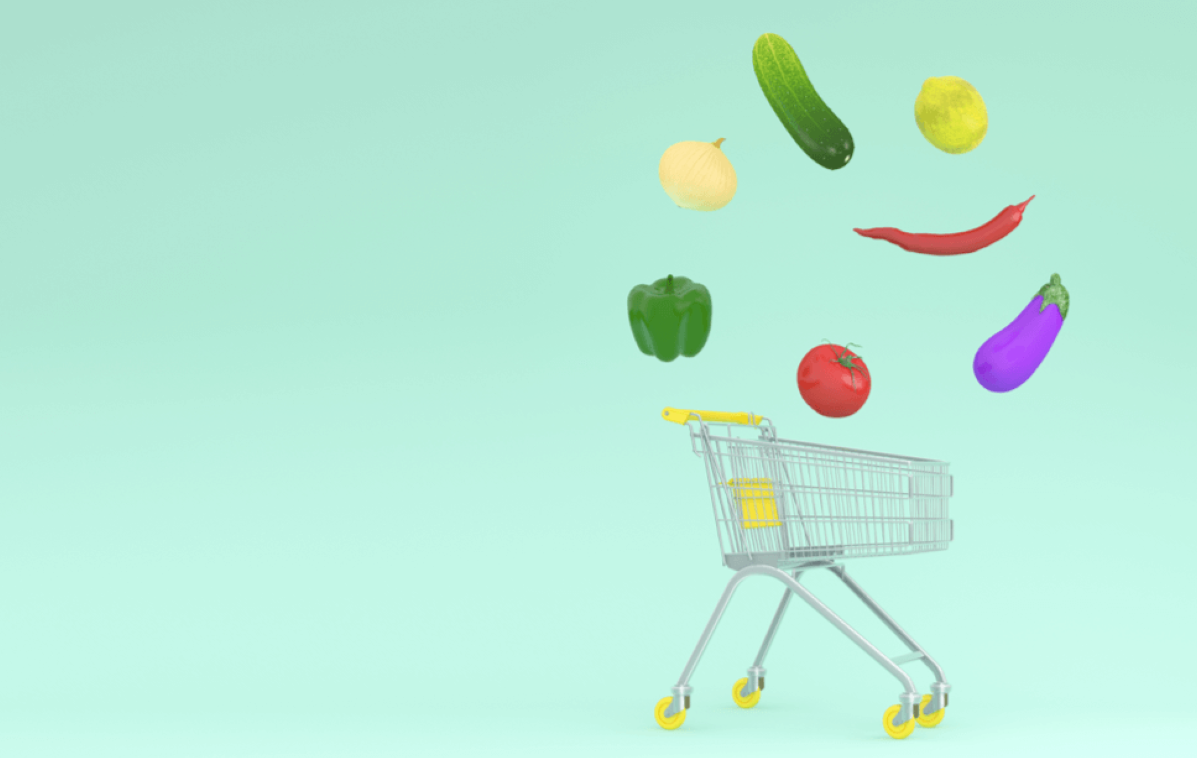One of the sectors most heavily impacted by the pandemic was the fitness space. The inability to have large crowds indoors inherently limited the sector’s ability to reach its full offline potential. But Q4 was especially important because it marked the final point for analysis before an absolutely crucial Q1 – annually, the biggest quarter for fitness chains. So, how is the sector trending?
Footfall across the UK’s biggest supermarkets has fallen by 51 percent in the last year despite their essential retailer status and booming food sales. The big chains reported record sales during the Coronavirus pandemic and festive season claiming consumers treated themselves to luxury items to get them through the lockdowns and to compensate for the closed hospitality industries.
Foot traffic analysis for hotels around the US showed vastly different trends over the holiday season. Compared to the first week of November, hotels in Florida saw a foot traffic uptick of 20% in the week of December 22 - 28, and up 40% in the week between Christmas and New Year, as Americans flocked to warmer climates.
As COVID-19 has forced movie theatres to close and spurred increased subscriptions to streaming services nationwide, Disney has doubled down on streaming by releasing new movies straight to Disney+. Our analysis explores customer acquisition and retention in the days before and after the release of Mulan (when this surcharge went into effect) as well as consumer behavior around other noteworthy Disney+ launches.
Where other retail segments struggled to come close to their 2019 visit rate, home improvement leaders surged to impressive year-over-year growth. Yet, some brands were able to leverage the powerful surge in customer demand better than others. In our latest Home Improvement 2020 Deep Dive whitepaper, we dove into the major shifts that shaped the industry during the pandemic and investigated which brands succeeded to adapt and profit. Below is a taste of what we found.
Apple’s 5G-capable iPhone 12 is the latest step in the continuous cycle of new technical specifications, new network components, new (or refarmed) radio spectrums and compatible user equipment that aim to deliver enhanced 5G user experience.
Costco began 2020 with significant year-over-year growth in January and February, and a slight increase in March before seeing the effects of COVID take over in April. Yet, by July, visits were back to year-over-year growth even as visit durations increased giving the brand the combined benefits of more visits and more impactful visits, likely indicating larger basket sizes.
J.C. Penney recently announced the closures of 154 stores across 38 states. We decided to look at the affected stores to find out how their human traffic patterns have been impacted by COVID-19 policies in their respective states.
There was major concern last year that the internet might fail under the pressure of increased use as COVID-19 drove unparalleled waves of remote work and schooling. We watched internet performance carefully using data from Speedtest Intelligence® as conditions changed in different areas of the world. Now we’re back to assess what happened during the year as a whole.
Among the list of COVID-19 winners and losers, Wine & Liquor stores stand out as clear winners. Brick-and-mortar locations were considered essential businesses in many states and were allowed to stay open while other retailers shuttered, and both online and offline outlets benefitted from the closure of restaurants for seated dining.
Black Friday did not produce surges of their usual magnitude. Super Saturday weekend was strong but the day itself still lower than 2019 levels, and even Turkey Wednesday fell short for many grocers. Yet, like they have proven all year, the grocery sector is uniquely capable of adapting to the current challenges. And once again, even where other days fell short, the sector found another boost.
SuperData, a Nielsen company, today is releasing its 2020 Year in Review report focusing on the health of digital games and interactive media market, the impact of COVID-19 on games and brands, and likely gaming trends in 2021. Overall, digital games alone earned $126.6B in 2020, up 12% year-over-year in a year where audiences were forced to stay home and interact remotely.
Energy use, especially in how it relates to climate change and global reform, is a big issue. But after a year of big issues—it’s easy to overlook changes in the energy sector in favor of those that seem more urgent. However, many of these issues are closely related. Pandemics share many of the same root issues as climate change. Plus, COVID-19 impacted climate change in complicated ways.
2020 has come and gone in a flash. It feels like yesterday we were introducing this year’s Super Bowl ads and obsessing over March Madness. Now, we’re talking about the biggest Cyber Week on record and the art of copywriting during the pandemic. The year was filled with highs and lows, advertising campaigns never to be forgotten, and ones you wish you could (looking at you, moldy Whopper). Without further ado, check out a few of advertising’s winners and losers of 2020.
In this Placer Bytes, we dive into the Q4 performances of Bed Bath & Beyond and Walgreens to see how they ended their 2020 campaigns.
Last year, we marked Bed Bath & Beyond as one of the brands we expected to emerge as a winner in 2020. And it certainly appeared to be on that path, posting same-store sales gain for the first time since 2016. But what about Q4?
As we swing full-force into 2021, many people are making resolutions for the new year. Among the most popular? Getting fit. Fitness advertising traditionally spikes in January. And in the COVID era, fitness apps and websites become particularly important as users plan to get fit at home without breaking the bank.
This year, we’re bringing in the end of the year with a series: 12 Days ‘til New Years. We’ll continue our tradition of highlighting the most notable brands and spending across ad tech platforms, consumer media, and B2B industries.
2020 was a uniquely challenging year for the world of offline retail, but it also presented an opportunity to truly appreciate its value. The resilience of consumer demand and the ongoing ability of many brands to continue driving engagement and interest, even amid the pandemic, served as a huge testament to the retail landscape’s strength.
In a year where grocery dominated headlines for all the right reasons, the sector also saw the addition of a new Amazon foray into grocery, Amazon Fresh stores. The focus on a strong, technologically backed shopping experience and value pricing seemed like a winning mix.
Though quarantine is keeping us at home, Americans aren’t worried about getting all dressed up with no place to go. The sneaker craze continues, so top athletic footwear companies are still putting out new designs. Let’s dive into Pathmatics marketing intelligence and take a closer look at how three of the biggest sneaker companies—Nike, Puma, and New Balance—advertised their new products throughout the month of November.
